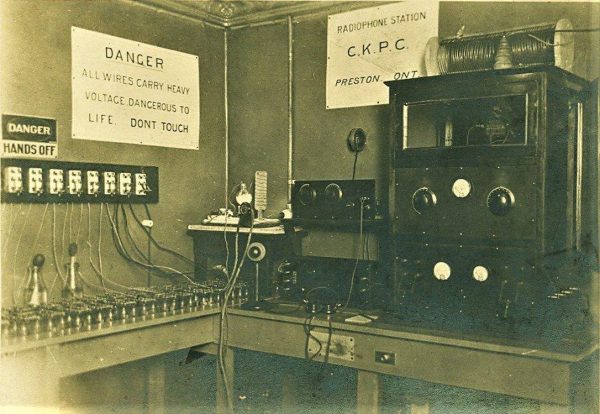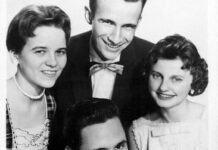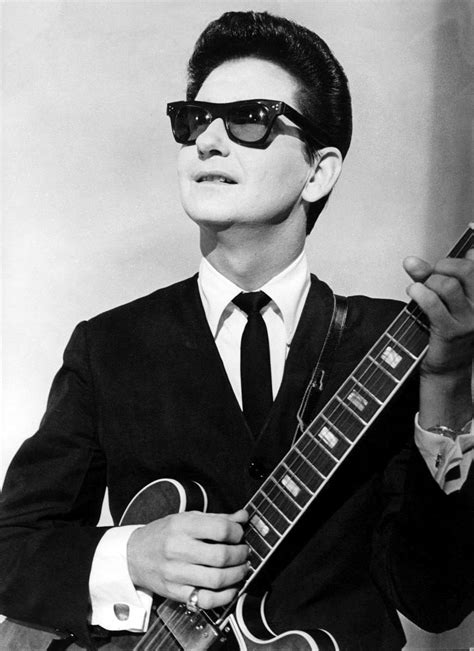Mon., July 6, 2020
“Mrs. Russ must have been a woman of infinite patience. (Her) family living room … was now a broadcasting studio, with strangers wandering in and out to do their voluntary bit over the air.”
That’s Clara Bernhardt writing in the 1969 Waterloo Historical Society volume about the birth of radio station CKPC on Russ Street in Preston. Dial twisters recognize those calls as Brantford’s longtime AM station but we’re focusing on 1923-1933 when the PC letters actually meant “Preston Canada.”
Wallace Russ and friends Charles Bonner and Ron Mead were early wireless experimenters in Waterloo County. They put together a receiving set and, perhaps inadvertently, also discovered they were broadcasting their voices. Russ purchased a five-watt, federal Department of Marine broadcasting license, the first to such a small community — Preston had just 5,500 people.
Russ began playing records then invited pianists and singers, even choirs to drop by. After four years of hurrying home from his bookkeeper’s job at Pattinson’s Woollen Mill to organize a broadcast for that evening, Russ was worn out.
Enter Cyrus Dolph, one of Preston’s larger-than-life notables. Dolph is in the Cambridge Hall of Fame and his resumé is well worth reading. Born in Breslau, he was educated at Riverbank School and Galt Collegiate before becoming one of Preston’s most successful business and civic leaders. Intrigued by the new technology of radio broadcasting, Dolph quickly accepted when approached by Russ to take over CKPC. Undoubtedly making Adeline Russ happy, it was now the Dolph home at 268 Guelph St. (later renamed Dolph Street) that became a studio.
Dolph’s magnificent house could easily accommodate the growing need for studio space and his large sunroom became broadcast central. With his financial strength and a creative mind, Dolph’s six-year span of operating CKPC was a golden age in the development of Waterloo County radio. The transmitter powered up to 25, then 50 watts at 1010, later 880, kilohertz. Dolph’s innovations included numerous remote broadcasts from Preston’s churches, arenas, parks and schools.
Read more HERE.








